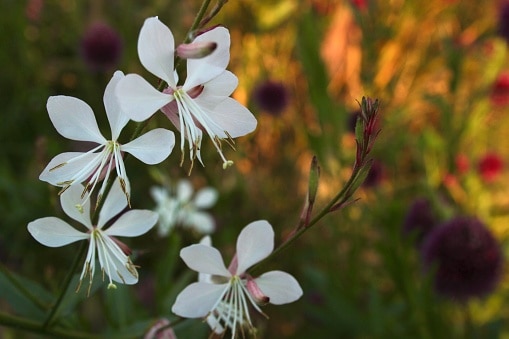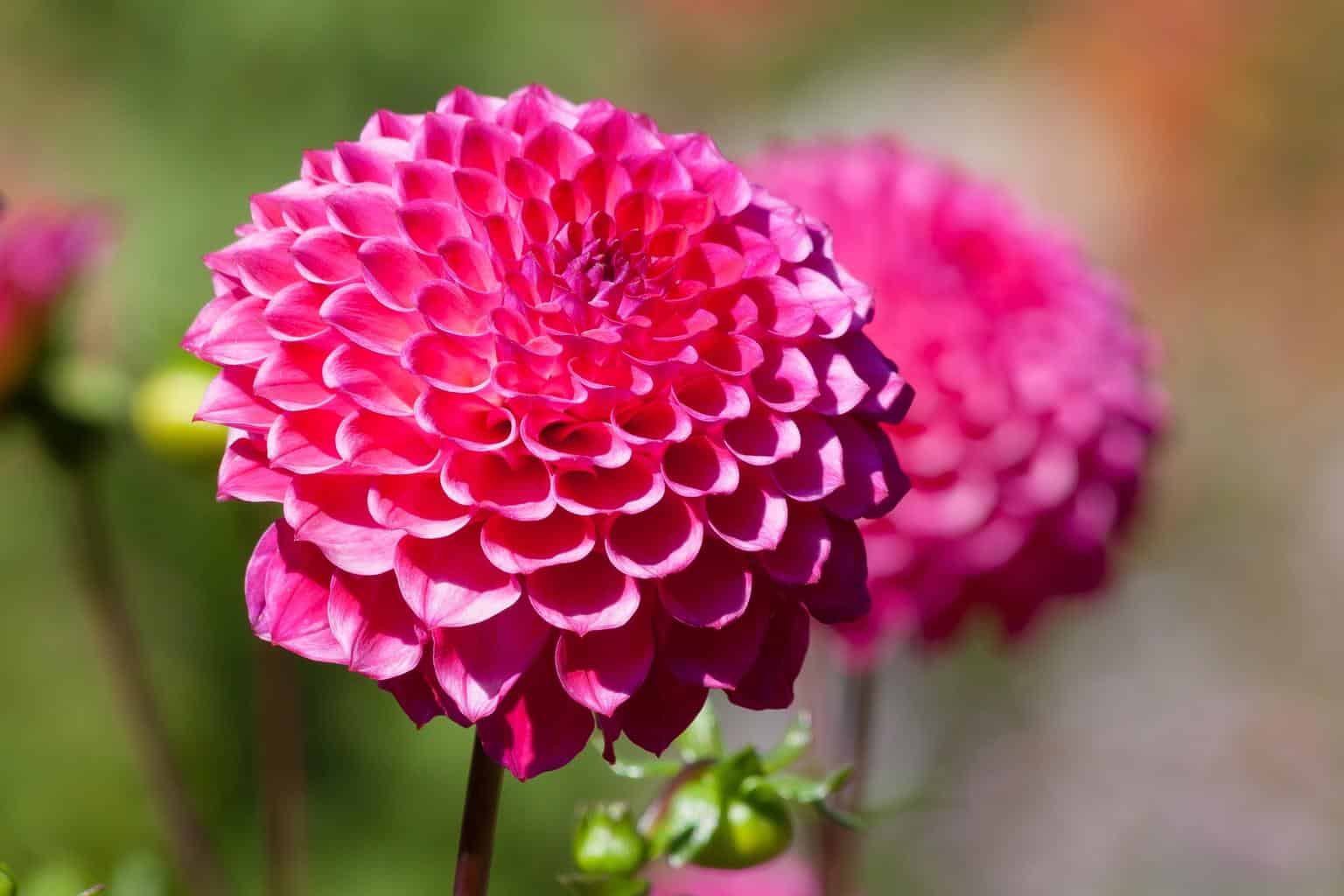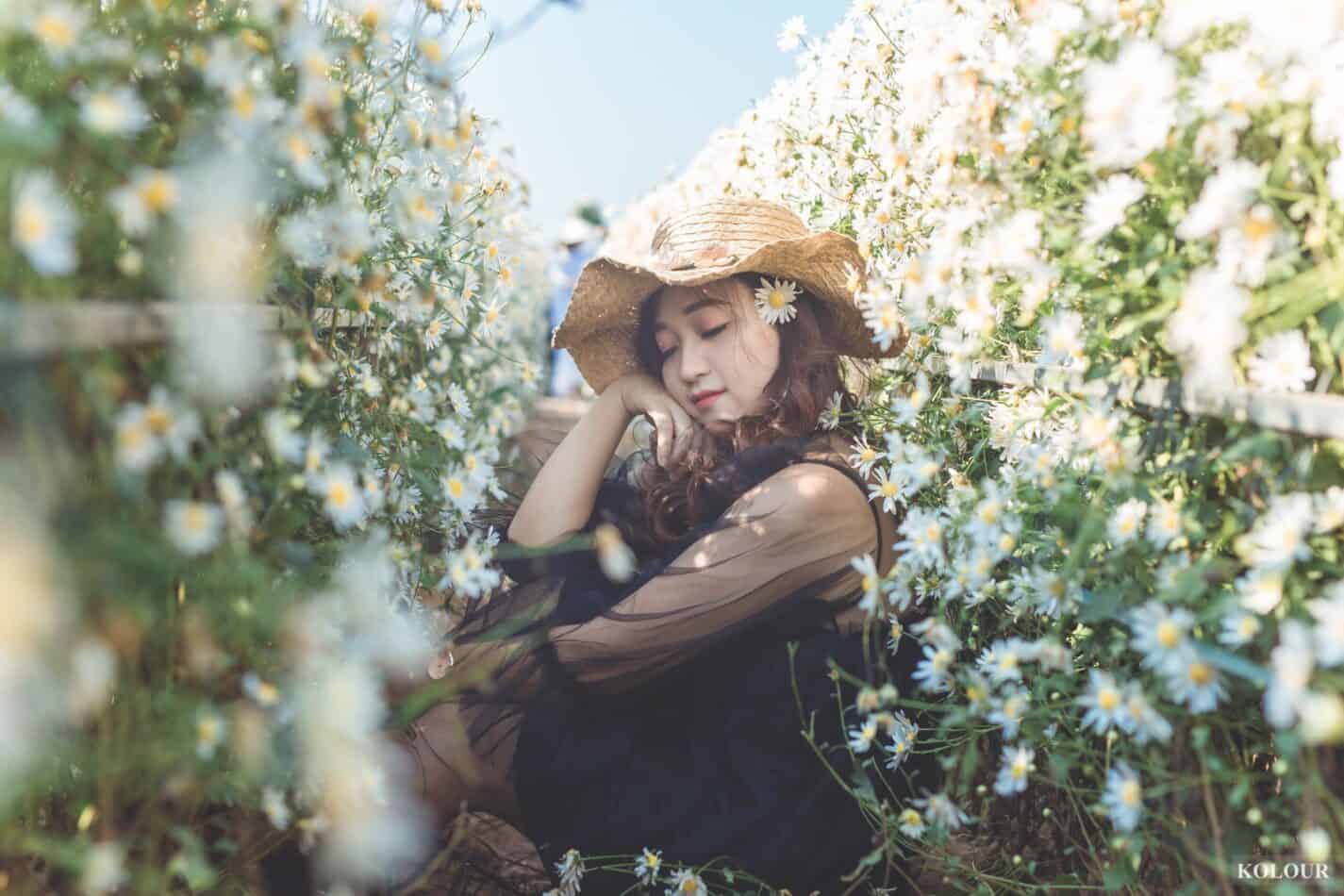Beeblossom, also known as Gaura lindheimeri, is a perennial plant native to Texas and Louisiana, USA. This plant features thin grass-like stems topped with pretty flowers, likened to tiny white butterflies from a distance. It’s beauty is a great low-maintenance addition to any garden, thriving when planted in larger groups.
The Gaura lindheimeri’s name is derived from the German-American botanist, Ferdinand Jacob Lindheimer. His story is one of triumph: a chemist and pharmacist in Frankfurt, he was also an outspoken voice for liberal democracy during the 1848 revolution. He was subsequently imprisoned for his views, and upon his release, he immigrated to the United States. It was here in Texas, where he set down roots as a botanist, simultaneously being the editor of the German-language newspaper Neu-Braunfelser Zeitung for 4 years.
How to Plant
Beeblossom prefers well-drained, loamy soils and can be grown in either dappled full sun or partial shade locations. Plant Beeblossom in any soil pH range, and make sure to provide plenty of organic matter. Beeblossom should be watered approximately once every 5 to 7 days. When it has sufficient moisture, Beeblossom blooms from early summer to fall, providing beautiful color and lasting beauty for any garden located in hardiness zones 5-9.
Meaning and Symbolism
The Beeblossom has a long and storied symbolism which dates back to rural England of the 1700s, when they were a highly favored plant in country gardens. Beeblossom symbolizes purity and joy due to the plant’s bright white blossoms. It was also believed to bring good luck and fertility to gardens and couples that planted it.
History, Mythology, and Religious Significance
Beeblossoms were once regularly used in Hindu weddings, where the flowers were seen as symbols of joy, purity, and fertility. Additionally Gaura lindheimeri is the state flower of Mississippi, the nickname of the state being the ‘Magnolia State’.
Flower Varieties and Their Defining Characteristics
There are several varieties of Beeblossom, all of which have different defining characteristics. The most popular variety of Beeblossom is the ‘Whirling Butterflies’, which is characterized by its airy foliage and deep pink flowers. There are also varieties such as the ‘Siskiyou Pink’ and ‘Coral Breeze’, both featuring beautiful pink petals which stand out against their dark green foliage.
How to Pot and Repot
When potting or repotting Beeblossom, make sure to use a potting mix designed for perennials and a pot or container with plenty of drainage holes in the bottom. Whatever pot or container is chosen should fit the needs of the particular variety of Beeblossom and should contain enough space for the roots to expand over time. To repot, remove the root ball from the old pot and place ridges into the new pot. Plant the root ball, making sure the soil line is 1/4 of an inch below the edge of the pot, then backfill with a nutrient-rich soil.
How to Prune
Beeblossom requires little pruning, as the plant continues to look great throughout the season with little maintenance. However, if more attention is needed, deadheading and pruning can help. To deadhead, take a pair of scissors and cut the flower stem to the uppermost set of green leaves. To shape and tidy Beeblossom, prune away spindly or misshapen stems, making sure to keep the entire stem at least several inches taller than the deadheading cut. This will help encourage the development of new side shoots, ensuring a bushier, healthier plant.
How to Propagate
Propagation of Beeblossom is best done by division. To do this, carefully dig up the clumps of Beeblossom and divide them into sections, each with its own root ball and plant crown. Next, replant the Beeblossom by filling the planting hole with a mixture of soil, compost, and fertilizer and watering deeply. Make sure not to cover the crown of each new plant with soil, as this could cause rot or the death of the new plants.
Common Pests and Diseases
Beeblossom is generally resistant to pests and diseases, but can still occasionally be affected. Mites, aphids, and scale insects can sometimes be found on this plant, and if present should be treated immediately. Fungal disease can also be an issue if the plant is overfed with fertilizer, so be sure to use fertilizer sparingly and keep the soil moist, but not saturated with water.
Three Frequently Asked Questions About Gaura lindheimeri
Q1. How big will my Beeblossom get?
A1. Beeblossom typically grows to heights of 4-6 feet and widths of 2-3 feet. However this can change depending on variety and growing conditions.
Q2. How much sun does Beeblossom need?
A2. Beeblossom prefers well-drained, light shade or dappled sun. It can survive in full sun, but will require some extra water to prevent wilting.
Q3. Are Beeblossoms deer-resistant?
A3. Yes! Beeblossoms are usually resistant to deer and other animals, making them a great choice for gardens or yards where deer or other animals might be a problem.
Table Fact Sheet:
| Beeblossom | Gaura lindheimeri |
|---|---|
| Family | Onagraceae |
| Plant Type | Perennial |
| Mature size | 4 to 6 feet |
| Sun exposure | Light Shade or Dappled Sun |
| Soil type | Well Drained, Loamy Soils |
| Soil pH | Any pH range |
| Bloom time | Early Summer-Fall |
| Flower color | White, sometimes with pink tinges |
| Hardiness Zones | 5-9 |
| Native Area | Texas, Louisiana (USA) |
What we love from Amazon this week
Buy these wonderful flowers directly from Amazon:















